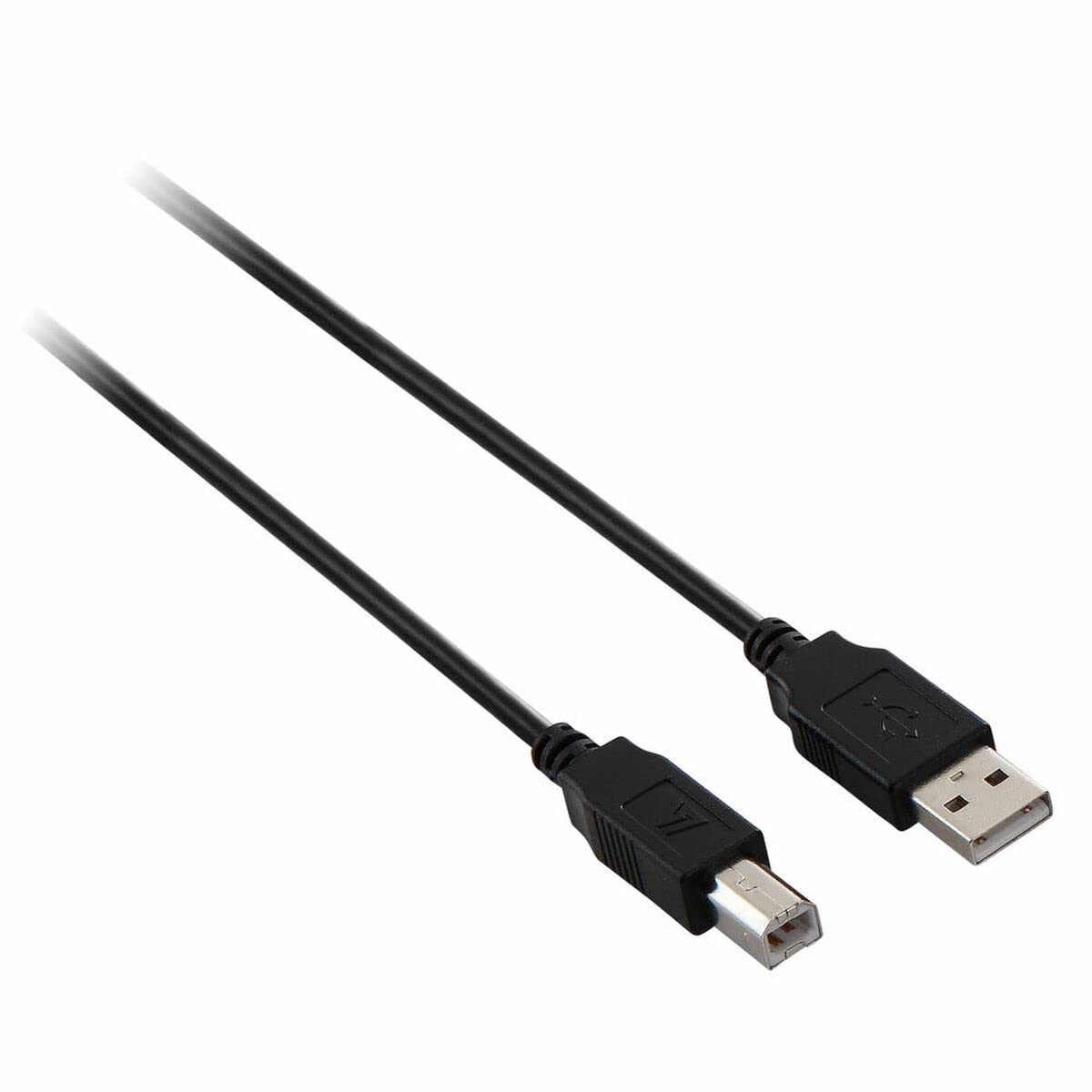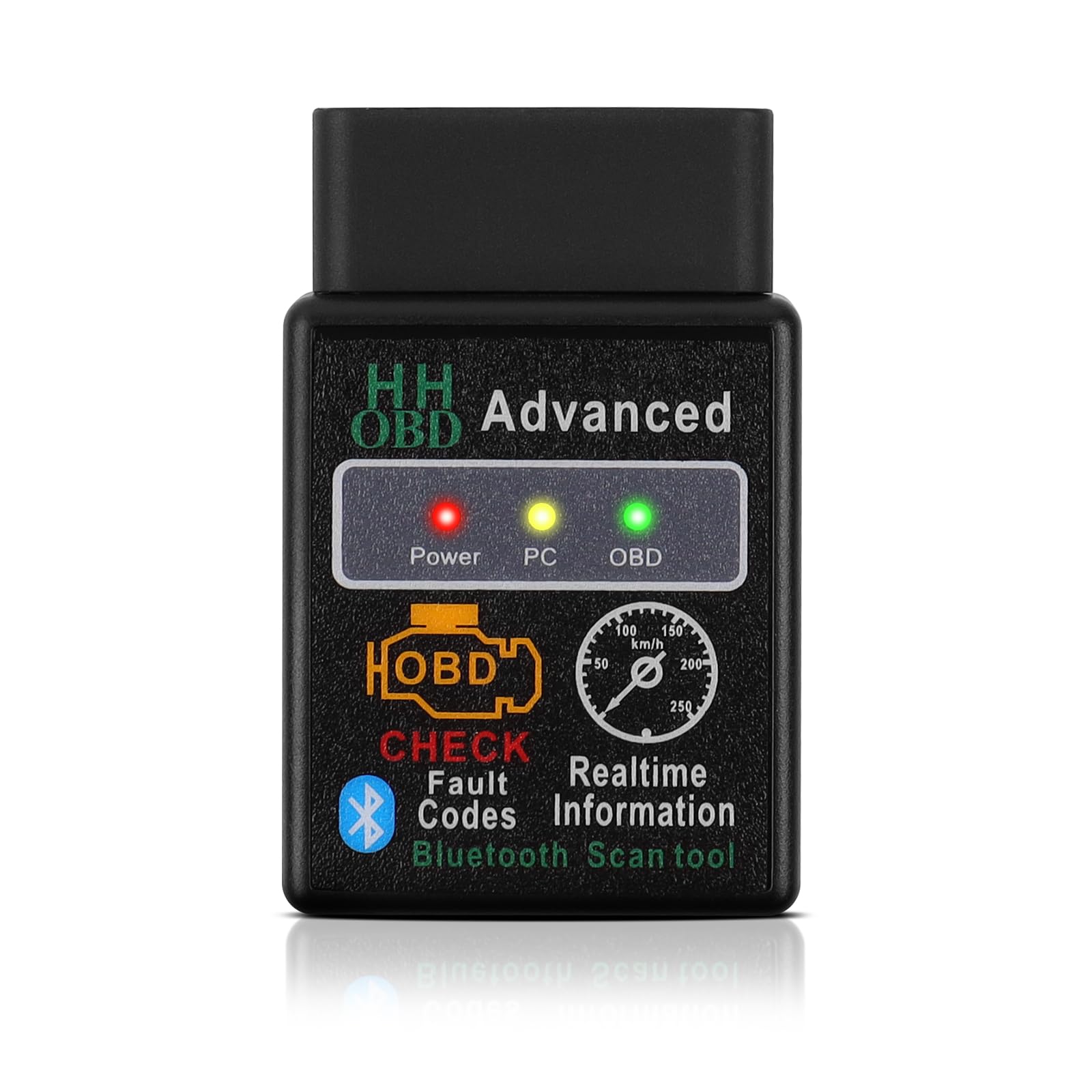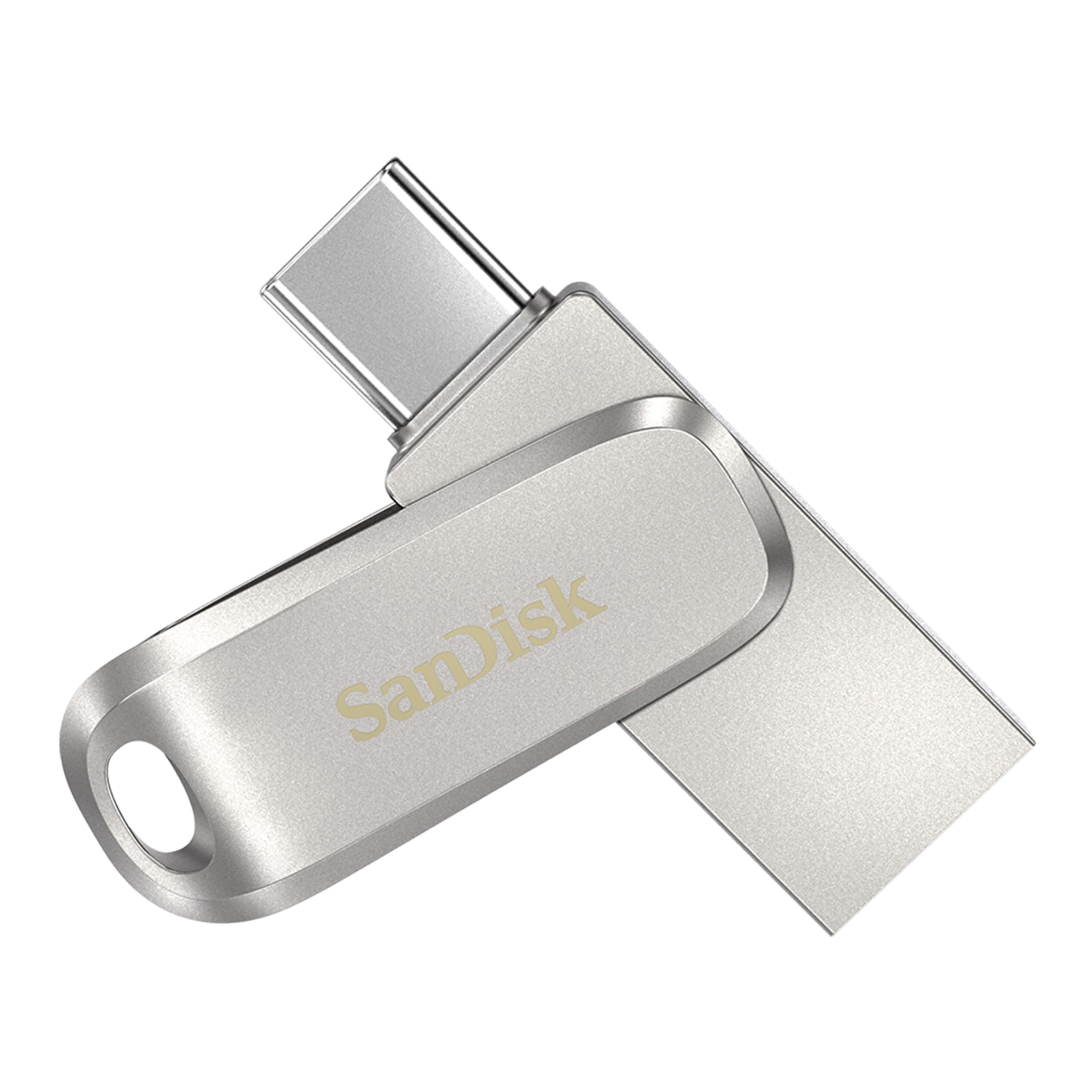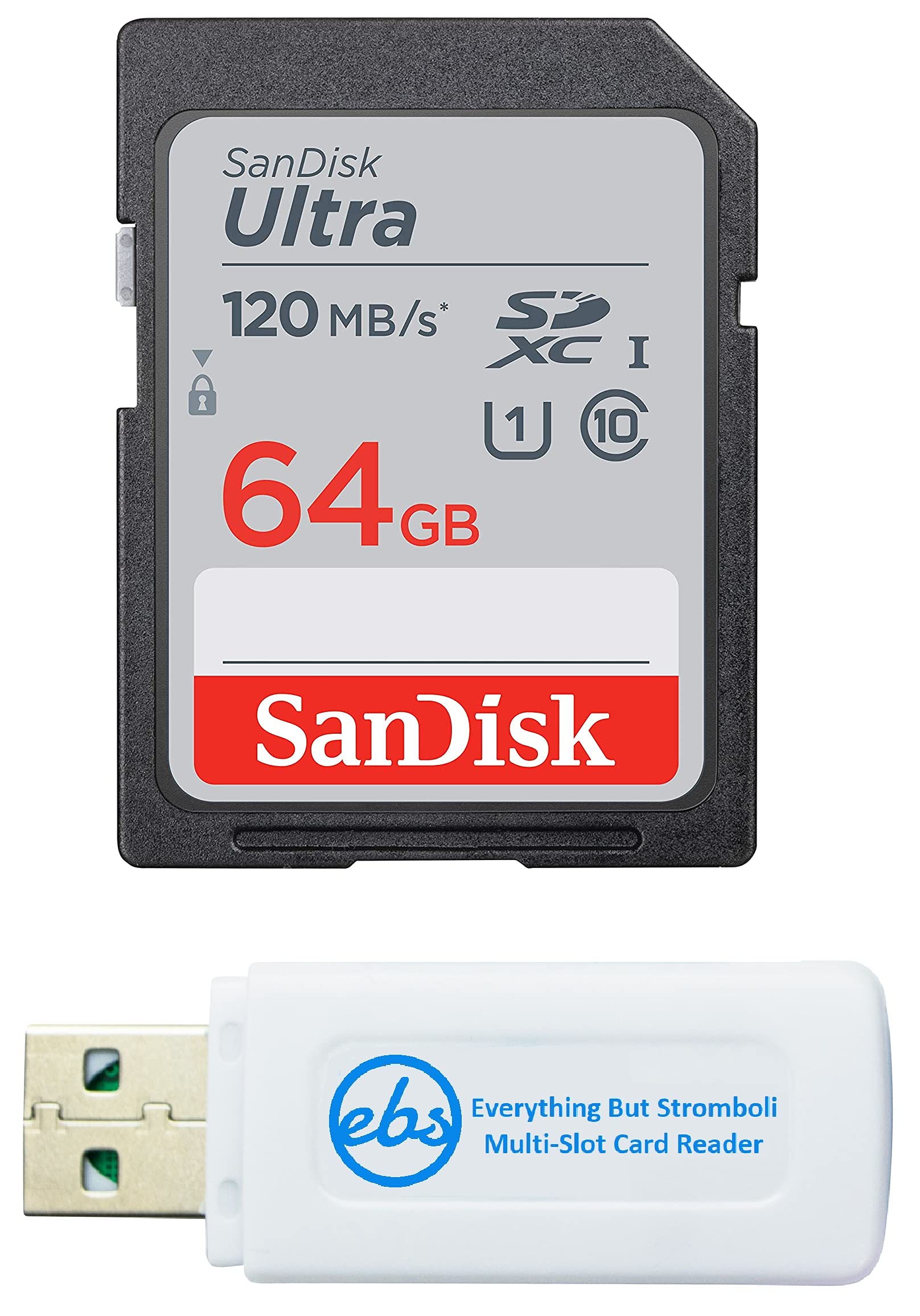USB device not being detected? Here’s how to fix it.
Preliminary Checks and Quick Fixes

Firstly, ensure that the USB device is properly connected to your personal computer. Check for any loose connections or faulty cables. If necessary, try connecting the device to a different USB port.
Next, check if the USB device is functioning properly. Connect it to another computer to see if it is recognized. If it works on another computer, the issue may lie with your operating system or computer settings.
It’s also important to ensure that the USB device has the correct driver installed. Visit the manufacturer’s website and download the latest driver for your specific device. Once downloaded, install the driver and restart your computer.
In some cases, the drive letter assigned to the USB device may be causing the issue. To resolve this, you can manually assign a drive letter to the device. Open the Disk Management tool on your computer (search “Disk Management” in the Start menu) and locate the USB device. Right-click on it and select “Change Drive Letter and Paths.” Follow the prompts to assign a new drive letter.
If you’re using a USB hub, try connecting the device directly to your computer to eliminate any potential issues with the hub.
Lastly, make sure that your computer’s operating system is updated with the latest patches and updates. These updates often include bug fixes and improvements that can resolve compatibility issues with USB devices.
Check for Device Compatibility

Before troubleshooting the “USB Device Not Detected” error, it is essential to ensure that your device is compatible with your computer. Here’s how you can check for device compatibility:
1. Verify USB Compatibility: Ensure that the USB device you are trying to connect is compatible with your computer’s USB ports. Some older computers may not support USB 3.0 devices, so double-check the specifications of your computer and the USB device.
2. Update Device Drivers: Outdated or incompatible device drivers can prevent your computer from recognizing the USB device. To update your device drivers:
– Step 1: Press the Windows key + X and select “Device Manager.”
– Step 2: Expand the “Universal Serial Bus controllers” category.
– Step 3: Right-click on each USB driver and select “Update driver.”
– Step 4: Follow the on-screen instructions to complete the driver update.
3. Check Power Supply: Insufficient power supply can also lead to USB device detection issues. If you are using a USB hub, make sure it has its own power source. Additionally, try connecting the USB device directly to the computer’s USB port instead of using a USB hub.
4. Verify USB Cable and Port: Faulty USB cables or ports can cause connection problems. To troubleshoot this:
– Replace the USB cable with a known working one.
– Connect the USB device to a different USB port on your computer.
5. Restart and Reconnect: Sometimes, a simple restart can resolve device detection errors. Disconnect the USB device, restart your computer, and then reconnect the device to see if it gets detected.
Update Operating System
To update your operating system and potentially fix the USB device not detected error, follow these steps:
1. Go to the Start menu and search for “Windows Update” or “Software Update” depending on your operating system.
2. Click on the appropriate option to open the update settings.
3. Check for any available updates and install them. This will ensure your system has the latest bug fixes and patches.
4. Once the updates are installed, restart your computer to apply the changes.
5. After the restart, try connecting your USB device again and see if it is detected. If the error persists, continue troubleshooting.
6. Check if the USB port is functioning properly by connecting another device. If the other device is detected, then the issue might be with the USB device itself.
7. If the USB device is not detected on any port, try connecting it to a different computer to see if it works there. This will help determine if the issue is specific to your computer.
8. If the USB device works on another computer, the problem might be with the device driver on your computer. In this case, try updating the device driver.
9. To update the device driver, right-click on the Start menu and select “Device Manager”.
10. In the Device Manager window, expand the “Universal Serial Bus controllers” category.
11. Locate the USB device that is not being detected and right-click on it. Select “Update driver” from the context menu.
12. Follow the on-screen instructions to update the driver. If Windows cannot find a suitable driver, visit the manufacturer’s website and download the latest driver for your USB device.
13. Once the driver is updated, restart your computer and try connecting the USB device again.
14. If the USB device is still not detected, there may be an issue with the USB port or the hardware itself. In this case, it is recommended to seek technical support or consult a professional.
Troubleshoot with Device Manager
To troubleshoot the “USB Device Not Detected” error, you can use the Device Manager tool in Windows. Follow these steps:
1. Press the Windows key + R to open the Run dialog box.
2. Type “devmgmt.msc” and press Enter to open Device Manager.
3. In Device Manager, expand the “Universal Serial Bus controllers” category.
4. Look for any devices with a yellow exclamation mark icon, indicating a problem.
5. Right-click on the problematic device and select “Update driver” or “Uninstall device”.
6. If you choose to update the driver, follow the on-screen instructions to search for and install the latest driver for the device.
7. If you choose to uninstall the device, restart your computer and Windows will automatically reinstall the driver.
8. If the issue persists, try connecting the USB device to a different USB port on your computer.
9. If none of the above steps work, try connecting the USB device to a different computer to see if it’s recognized.
Update or Reinstall Device Drivers
1. Start by identifying the specific device that is not being detected. This could be a USB flash drive, external hard drive, mouse, game controller, or any other USB device.
2. Go to the manufacturer’s website and search for the latest driver for your device. Look for a support or downloads section on their website.
3. Download the driver software onto your computer. Make sure to save it in a location where you can easily access it later.
4. Once the driver is downloaded, locate the file and double-click on it to begin the installation process.
5. Follow the on-screen instructions provided by the driver installation wizard. It may ask you to plug in the USB device or restart your computer during the installation process.
6. If you already have the latest driver installed and the USB device is still not detected, you can try uninstalling and reinstalling the driver. To do this, go to the Device Manager on your computer.
7. To open Device Manager, press the Windows key + X and select “Device Manager” from the menu that appears.
8. In Device Manager, locate the category that corresponds to your USB device. It may be under “Universal Serial Bus controllers” or “Human Interface Devices.”
9. Right-click on the USB device and select “Uninstall device.” Confirm the uninstallation if prompted.
10. After uninstalling the driver, disconnect the USB device from your computer.
11. Reconnect the USB device to your computer and wait for Windows to automatically reinstall the driver. This process is known as plug and play and should happen automatically.
12. If the driver is not automatically installed, you can manually reinstall it by following steps 2 to 5 mentioned above.
Use Disk Management Tools
1. Press the Windows key + R to open the Run dialog box. Type “diskmgmt.msc” and press Enter to open Disk Management.
2. In Disk Management, look for your USB device. It should be listed as a disk with a black bar and labeled as “Removable.” If it’s not listed, try unplugging and reconnecting the device.
3. If the USB device is listed but doesn’t have a drive letter assigned to it, you can assign one manually. Right-click on the device and select “Change Drive Letter and Paths.” Then, click “Add” and choose a letter from the drop-down menu. Click “OK” to save the changes.
4. If the USB device still isn’t detected, there may be a problem with the device itself. Try plugging it into a different USB port or using a different USB cable.
5. If none of the above steps work, it’s possible that the USB device is not compatible with your computer or there may be a software bug. Check the manufacturer’s website for any available patches or updates for the device.
Assign a New Drive Letter

1. Connect the USB device to your personal computer. Make sure it is properly inserted and the power cable is securely connected if applicable.
2. Open the Disk Management tool in Microsoft Windows. You can do this by searching for “Disk Management” in the Start menu or by pressing “Windows key + X” and selecting “Disk Management” from the menu.
3. Locate the USB device in the list of drives. It may be listed as a removable disk or an unallocated space.
4. Right-click on the USB device and select “Change Drive Letter and Paths”.
5. In the pop-up window, click on the “Change” button.
6. Select a new drive letter from the drop-down menu. Choose a letter that is not already assigned to another drive on your computer.
7. Click “OK” to save the changes and assign the new drive letter to the USB device.
8. Close the Disk Management tool and check if the USB device is now detected by your computer.
Fix File System Errors or Create New Partitions
If your USB device is not being detected by your computer, it may be due to file system errors or the need for new partitions. Here are some steps you can take to fix this issue:
1. Check the USB connection: Ensure that the USB device is properly connected to your computer. Try unplugging and plugging it back in to see if it is recognized.
2. Update USB drivers: Sometimes outdated or faulty drivers can cause the device not to be detected. Update the drivers by following these steps:
a. Press the Windows key + R to open the Run dialog box.
b. Type “devmgmt.msc” and hit Enter to open the Device Manager.
c. Expand the “Universal Serial Bus controllers” category.
d. Right-click on each USB driver and select “Update driver.”
e. Follow the on-screen instructions to complete the update.
3. Fix file system errors: If there are any file system errors on the USB device, you can use the built-in Windows tool called “Check Disk” to fix them. Here’s how:
a. Press the Windows key + X and select “Command Prompt (Admin)” from the menu.
b. Type “chkdsk /f
c. Wait for the process to complete. It may take some time depending on the size of the device.
4. Create new partitions: If the USB device does not have any partitions or if the existing partitions are corrupted, you can create new ones using the Disk Management tool. Follow these steps:
a. Press the Windows key + X and select “Disk Management” from the menu.
b. Locate your USB device in the list of drives.
c. Right-click on the unallocated space and select “New Simple Volume.”
d. Follow the on-screen instructions to create a new partition.
Reinstall USB Controllers or Root Hubs
To fix the “USB Device Not Detected” error, one possible solution is to reinstall the USB controllers or root hubs. Follow these steps:
1. Press the Windows key + R to open the Run dialog box.
2. Type “devmgmt.msc” and press Enter to open the Device Manager.
3. Expand the “Universal Serial Bus controllers” category.
4. Right-click on each USB controller or root hub and select “Uninstall device.”
5. Confirm the uninstallation if prompted.
6. After uninstalling all the USB controllers or root hubs, restart your computer.
7. Windows will automatically reinstall the USB controllers or root hubs upon startup.
If this doesn’t resolve the issue, you can also try updating the USB drivers. Here’s how:
1. Open the Device Manager again.
2. Right-click on each USB controller or root hub and select “Update driver.”
3. Choose the option to search automatically for updated driver software.
4. Follow the on-screen instructions to complete the driver update process.
Reinstalling the USB controllers or root hubs can help resolve issues related to USB devices not being detected. Remember to restart your computer after uninstalling and let Windows reinstall the drivers. If the problem persists, consider updating the USB drivers for further troubleshooting.
For more detailed instructions or alternative solutions, you can refer to the manufacturer’s website or consult technical support.
Change USB Connection or Try Different Port

If you’re encountering a “USB Device Not Detected” error, the first thing you can try is changing the USB connection or using a different port. Sometimes, the issue can be as simple as a loose connection or a faulty port.
To do this, follow these steps:
1. Disconnect the USB device from your computer.
2. Reconnect the USB device to a different USB port on your computer. Make sure to try all available ports to ensure the issue is not specific to one port.
3. If you’re using a USB hub, try connecting the device directly to your computer’s USB port instead.
4. If possible, try a different USB cable as the cable itself could be the problem.
5. Restart your computer and check if the USB device is now detected.
By changing the USB connection or trying a different port, you can rule out any possible issues with the connection itself. This simple troubleshooting step can often resolve the “USB Device Not Detected” error and get your device recognized by your computer.
Keep in mind that if you’re still experiencing the error after trying these steps, there may be other underlying issues related to software or hardware. In such cases, it may be helpful to seek further assistance or consult the manufacturer’s support resources.
Prevent Future USB Drive Errors

Additionally, keeping your operating system and drivers up to date is crucial. Manufacturers often release patches and updates to address bugs and improve compatibility with USB devices. Make sure to regularly check for updates and install them as needed.
Another common issue that can cause USB drive errors is drive letter assignment conflicts. To avoid this, you can manually assign a drive letter to your USB drive. Simply right-click on “My Computer” or “This PC”, go to “Manage”, then select “Disk Management”. Find your USB drive, right-click on it, and choose “Change Drive Letter and Paths”. Assign it a letter that is not currently in use, and you should be good to go.
It’s also worth checking the disk partitioning of your USB drive. Sometimes, a USB drive may have multiple partitions, which can cause detection issues. In Disk Management, you can delete unnecessary partitions and merge them into one if needed.
If you’re still experiencing USB drive errors, you can try updating the drivers for your USB controllers. Open Device Manager, expand the “Universal Serial Bus controllers” category, right-click on each USB controller, and select “Update driver”. This may resolve any compatibility issues or software bugs causing the error.
Lastly, if none of the above solutions work, it’s possible that there may be a hardware issue with your USB drive. Try connecting it to a different USB port or using a different USB cable. If the problem persists, it’s recommended to contact the manufacturer or seek professional assistance.
FAQs
How do I fix an undetected USB drive?
To fix an undetected USB drive, try the following steps:
– Change the USB cable.
– Restart the computer.
– Scan the USB flash drive for logical issues.
– Scan the USB flash disk for viruses or malware.
– Update the disk drivers.
– Run the Chkdsk command.
Why my system Cannot detect USB?
Your system may not be able to detect a USB device for several reasons. One possible solution is to open Device Manager, disconnect the USB device, wait a moment, and then reconnect it. If the device disappears and reappears in Device Manager, it indicates that the device is being recognized by the system. Additionally, you can try connecting the USB device to a different USB port to see if that resolves the issue.
Why is my USB not detecting anything?
Your USB may not be detecting anything due to a faulty USB port. Try plugging it into another USB port on your device. Additionally, restarting your device and reconnecting the USB may also resolve the issue.
Why is my USB stick not being detected?
Your USB stick may not be detected due to various reasons. Some possible causes include: unstable or corrupt USB driver, compatibility issues between your PC and the USB stick, missing important updates, or hardware/software issues.

